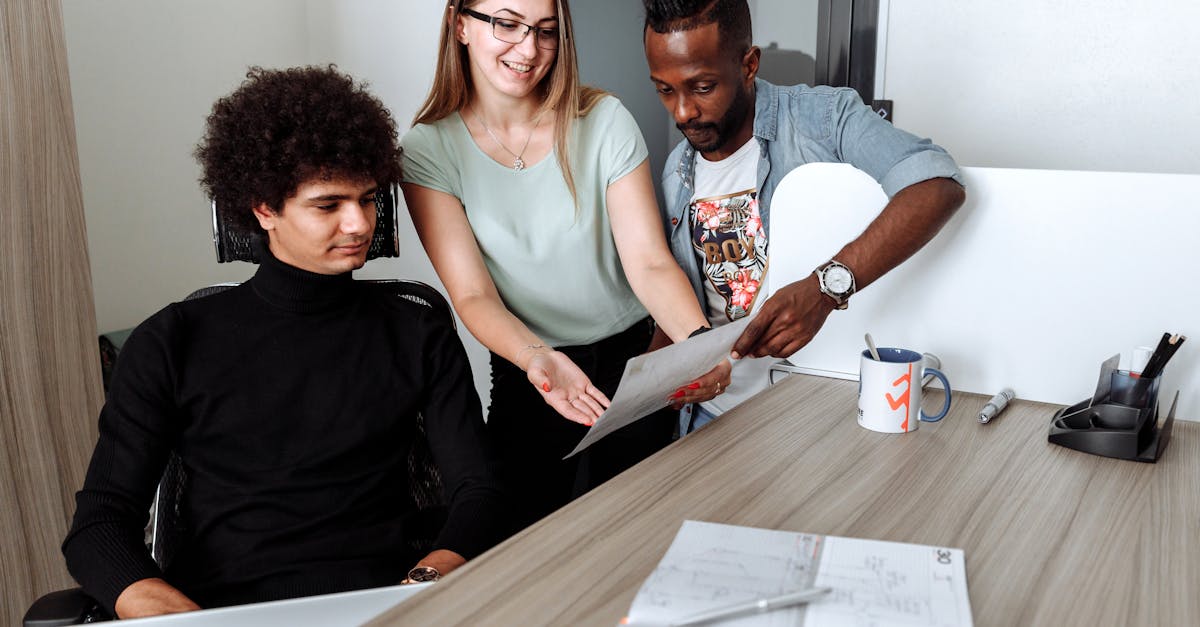In a world overflowing with information, the ability to think critically and creatively isn’t just a luxury—it’s a necessity. Imagine navigating life’s challenges armed with the power to dissect problems like a seasoned detective while also conjuring innovative solutions that would make even the most imaginative inventor nod in approval. Sounds appealing, right?
Table of Contents
ToggleUnderstanding Critical and Creative Thinking
Critical and creative thinking play significant roles in effectively navigating complex situations. These skills enable individuals to approach problems analytically while also fostering innovative solutions.
Definition of Critical Thinking
Critical thinking involves evaluating information and arguments systematically. This skill requires analyzing facts, identifying biases, and assessing logical connections. Individuals proficient in critical thinking question assumptions and seek evidence before forming conclusions. According to the Foundation for Critical Thinking, it encourages reflective judgment, enabling individuals to make informed decisions. Examples include evaluating research studies or assessing arguments in debate. By consistently practicing critical thinking, individuals enhance decision-making processes and promote deeper comprehension.
Definition of Creative Thinking
Creative thinking is the ability to generate original ideas and solutions. This cognitive skill encourages individuals to think outside conventional boundaries. Creative thinkers often employ techniques such as brainstorming and mind mapping. They connect seemingly unrelated concepts to bring forth innovative solutions. Research from the University of Illinois shows that engaging in creative thinking leads to improved problem-solving abilities. Examples include developing unique marketing strategies or creating innovative designs. Through creative thinking, individuals contribute to advancements across various fields, enhancing overall progress.
Importance of Critical and Creative Thinking
Critical and creative thinking play vital roles in addressing challenges in today’s complex environment. By honing these skills, individuals can navigate diverse situations effectively and make impactful choices.
Enhancing Problem-Solving Skills
Critical thinking sharpens problem-solving skills. Analyzing information leads to better evaluations of potential solutions. Identifying valid arguments and recognizing underlying biases becomes easier. This structured approach allows individuals to break down complex issues into manageable parts. Creative thinking complements this by offering multiple perspectives. Generating various ideas encourages flexibility in tackling problems. By combining both skill sets, individuals can devise innovative solutions to even the most challenging issues.
Fostering Innovation
Innovation thrives on creative thinking. This skill invites individuals to explore new possibilities without traditional restrictions. Brainstorming, for example, cultivates an environment where ideas flourish. Encouraging collaboration with diverse groups further enhances creativity. Critical thinking supports innovation by assessing the feasibility of new concepts. It ensures that creative ideas have practical value. Together, these skills drive advancements across numerous fields, facilitating progress and development.
Techniques to Develop Critical and Creative Thinking
Developing critical and creative thinking involves several effective techniques that sharpen these essential skills.
Critical Thinking Techniques
Utilizing the Socratic method encourages individuals to ask probing questions. Evaluating arguments systematically aids in identifying underlying assumptions. Analyzing case studies can enhance one’s ability to assess real-world situations. Engaging in debates fosters the exploration of differing viewpoints. Practicing reflective journaling allows individuals to evaluate their thought processes. Using logical frameworks provides structured analysis for complex issues. Each of these techniques promotes deeper comprehension and informed decision-making.
Creative Thinking Techniques
Embracing brainstorming sessions stimulates the generation of diverse ideas. Exploring mind mapping visually organizes thoughts and showcases connections. Experimenting with role-playing encourages exploration of various perspectives. Engaging in lateral thinking puzzles provides challenges that spark innovative solutions. Encouraging free writing fosters unrestricted idea flow without self-criticism. Incorporating art-based activities nurtures creativity in problem-solving. Each technique cultivates an environment conducive to original thought and innovation.
Applications in Education
Critical and creative thinking play a crucial role in education. These skills enhance learning experiences and prepare students for future challenges.
Integrating into Curricula
Integrating critical and creative thinking into curricula fosters a more dynamic educational environment. Teachers can incorporate project-based learning, allowing students to explore real-world issues through critical analysis and creative solutions. Additionally, interdisciplinary approaches blend subjects, which encourages students to draw connections and apply various skills. Regular use of assessments, such as performance tasks and group discussions, provides feedback on both thinking styles. Incorporating these techniques ensures students engage more deeply with the material and enhances their overall learning.
Benefits for Students
Students benefit significantly from developing critical and creative thinking skills. Enhanced problem-solving abilities lead to improved academic performance and greater adaptability in various situations. Engaging in these thinking styles boosts self-confidence and encourages independent thought. Exposure to diverse perspectives through discussions and collaborative projects enriches their understanding and empathy toward others. Students who practice these skills often experience improved communication abilities, preparation for future careers, and increased innovation. Ultimately, these skills cultivate a mindset that embraces challenges and drives lifelong learning.
Applications in the Workplace
Critical and creative thinking play significant roles in the workplace, influencing various aspects of organizational effectiveness and innovation.
Decision-Making in Teams
Effective decision-making hinges on strong critical and creative thinking within teams. Individuals contribute diverse perspectives, enriching discussions. This variety improves problem identification and solutions. When teams apply critical thinking, they evaluate options carefully and assess potential outcomes. Creative thinking fosters brainstorming sessions, allowing for a wider range of ideas. Teams that integrate these skills achieve more balanced and inclusive decisions, enhancing overall productivity.
Encouraging a Creative Culture
Cultivating a creative culture enhances innovation in the workplace. Organizations can implement regular brainstorming sessions and encourage open dialogue among employees. Fostering an environment where experimentation is valued promotes risk-taking without fear of failure. This culture inspires staff to explore unconventional ideas, leading to groundbreaking solutions. Providing resources such as workshops and training can also support creative development. Employees who feel empowered to think creatively contribute to a more dynamic and engaging workplace.
Embracing critical and creative thinking is essential for navigating the complexities of modern life. These skills not only enhance problem-solving capabilities but also foster innovation and adaptability. By integrating these approaches into education and workplace settings, individuals and organizations can cultivate environments that encourage exploration and informed decision-making.
The synergy between critical and creative thinking leads to more effective solutions and promotes a culture of continuous improvement. As individuals develop these skills, they become better equipped to tackle challenges and seize opportunities, ultimately driving personal and professional growth. Prioritizing these abilities is a step toward a more innovative and resilient future.



